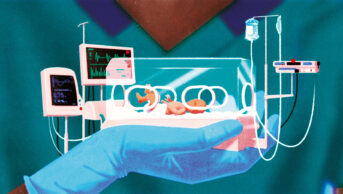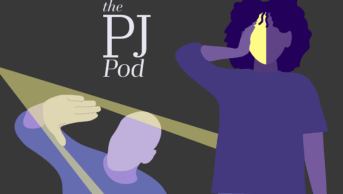Many people ask me why complementary medicine (CM) is so much more popular and widely accepted in Germany. In Germany, thousands of GPs enjoy specific education in CM and use it (mostly herbal medicine) on a daily basis. Nearly all German pharmacists are trained in herbal medicine and, each year, about three quarters of the German general population use CM. This is in stark contrast to the UK where the on-year prevalence of CM use is around 20 per cent, few doctors practise CM and many pharmacists admit to not knowing much about the subject.1 To find the reason for these dramatic national differences, one has to go back in time.
UK history
Only about 150 years ago, most medical interventions were treatments similar to what we today call CM. Certainly, the pharmacopoeias of most countries were full of herbal medicines. But as pharmacology developed and proved to be highly successful in creating more and more effective drugs (many based on herbal medicines), CM began to fade into the background. In 1948, when the NHS was created in Britain, the dominance of modern drug therapy was so overwhelming that natural treatments were considered superfluous — too unimportant to be included in the new age of health care. Thus, all branches of CM (with the exception of homoeopathy) had to survive outside the NHS. This is why, in Britain today, CM practitioners are not medically trained and CM, by and large, is private medicine.
German history
In Germany, pharmacology was similarly influential. In fact, many important pharmacological breakthroughs were made there. As a consequence of this powerful influence, natural treatments were side-lined. But two important developments not only prevented oblivion but brought CM into the limelight. First, legions of lay healers decided to take charge of “natural medicine”. In the 1930s, tens of thousands of them provided what we might now call CM to the German public. The second development was the infamous rise of Nazism.
The Nazis were fascinated with all things “natural”, and several high-ranking officials, not least Rudolph Hess, were fanatical believers in naturopathy.2They decided to create a new health care profession, the Heilpraktiker (healing practitioner). With one stroke, the whole community of lay practitioners was streamlined into the Third Reich’s health care system. Interestingly, the profession of Heilpraktiker was meant to become extinct: they were not allowed to educate a second generation of practitioners and thus would have died out within two or three decades. Joseph Goebbels called the creation of this profession its “cradle and its grave”. The reason the profession did survive is that, after the collapse of the Third Reich, it managed (in the German High Court) to overturn the prohibition to train new practitioners.3
The Nazi officials also ordered all German doctors to embrace naturopathy to the full. High profile model hospitals were created, like the Rudolph Hess Hospital in Dresden, which integrated natural and scientific medicine.2 Several large research projects were started to test which natural treatments worked best. Some of these experiments were conducted in concentration camps, where the worst violations of ethical standards in the history of medicine occurred under the direct supervision and responsibility of German doctors.4 Herbal medicine was particularly popular. The largest plantation of medicinal herbs, for instance, was located in the Dachau concentration camp.
After the 1939–45 war, the German health care system was in ruins. When it re-emerged from the ashes of a destroyed country, there was little reason to exclude naturopathy. German doctors were experienced in using herbal medicines and other natural therapies. And, certainly, the German public felt that natural remedies had a lot to offer. Thus the popularity of what we now call CM grew steadily to the present day.
A recent survey conducted by Pascoe, a manufacturer of herbal and homoeoepathic products, shows that 51 per cent of Germans would prefer a doctor specialising in naturopathy and 17 per cent one without this title.5 If British patients wanted to express a similar preference, they would simply not find doctors with such a background.
Conclusion
The most recent chapter of this intriguing story indicates an interesting reversal of fortunes. In the UK, there is now talk about making more CM available through the NHS. By contrast, the German government has dramatically curtailed CM. Almost all of the herbal medicines which were previously refundable through the basic health insurance system must now be paid for privately. The argument usually given for this move is “lack of evidence”.
1. Ernst E. Complementary Medicine pharmacist. The Pharmaceutical Journal 2004;273:197–198,
2.Otto E. Das Dresdner Experiment: Naturheilmethoden sollten ÜberprÜft werden. Deutsches Ärzteblatt 1993;90:948–951.
3.Ernst E. Außenseiter, Schulmedizin und nationalsozialistische Machtpolitik [Outsiders, orthodox medicine and national socialist power politics]. Deutsches Ärzteblatt 1995;92:104–107.
4. Ernst E. Killing in the name of healing: The active role of the German medical school profession during the Third Reich. American Journal of Medicine 1996;100:579–581.
5. Pascoe GmbH. Expertenkreis Naturmedizin: Naturmedizin 2002. Ausbildungssituation an Deutschen Hochschulen. Available at: www.pascoe.de (accessed 18 January 2005)


